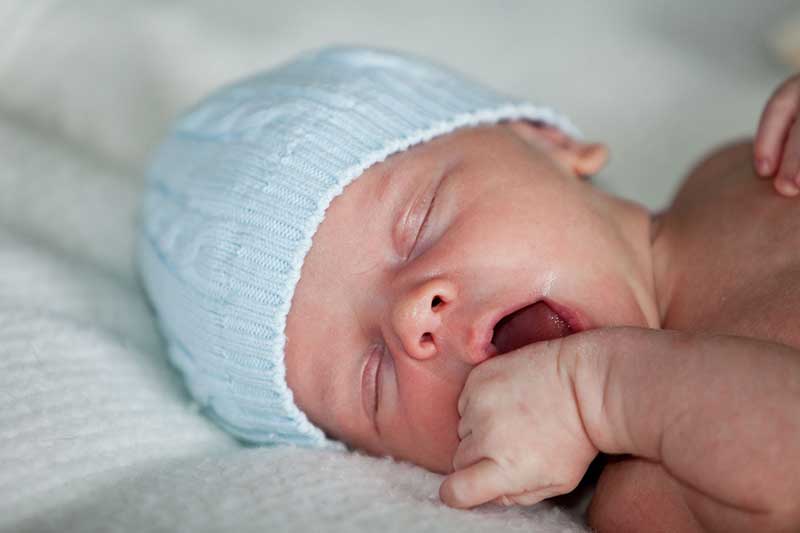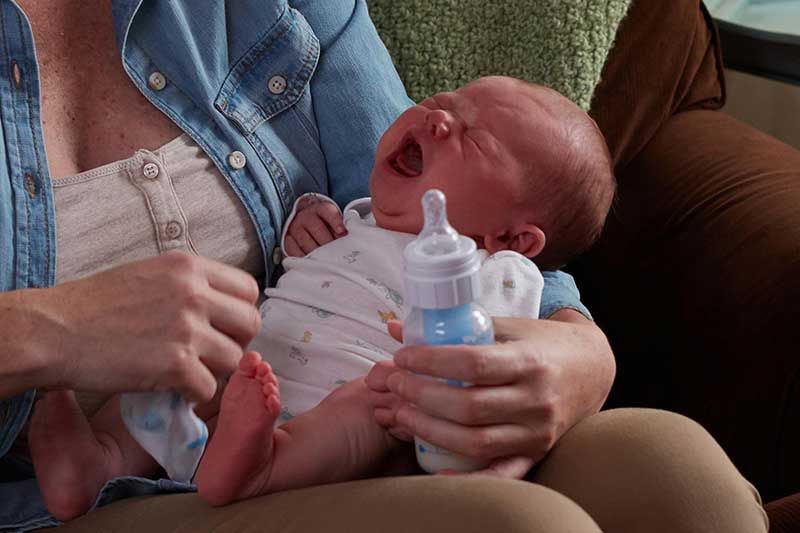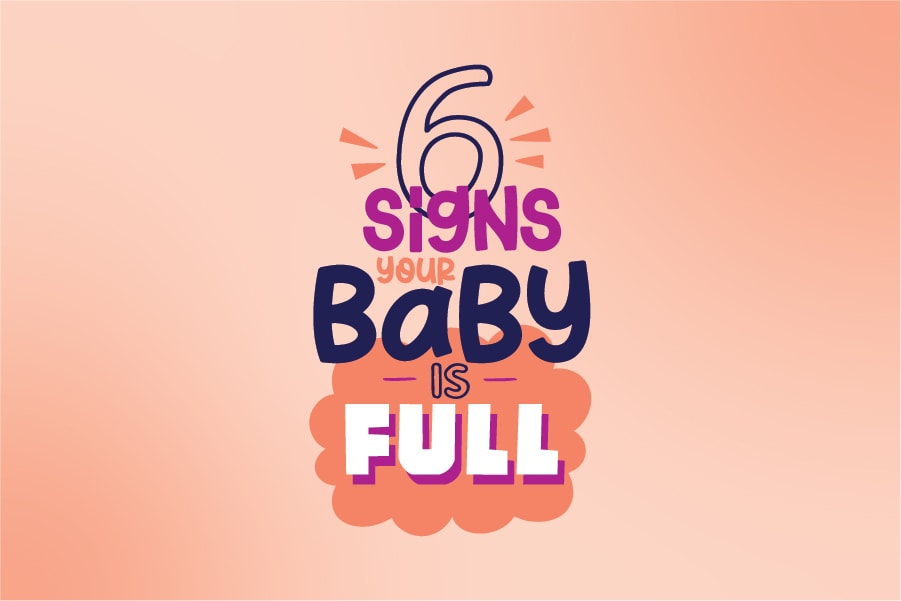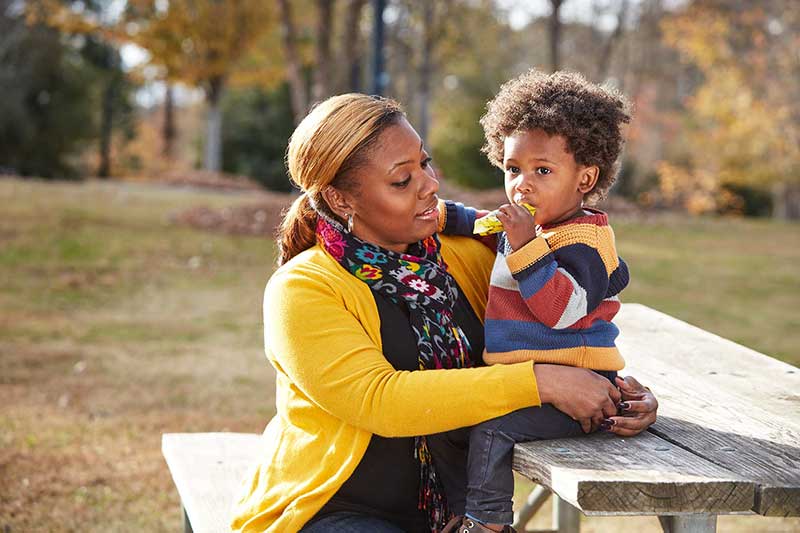6 Signs Your Baby Is Hungry
Babies are born knowing when they’re hungry and when they’re full, and their hunger can change from day to day or even hour to hour. By learning and listening to your baby’s hunger and fullness cues (i.e. feeding them when they're hungry and stopping when they're full), you can trust they will get the nutrition they need to grow. Responding to your baby's cues also teaches them to eat when they're hungry—not because “it’s time”—and lets them know that you are there to keep them safe and sound.
In this article:

Is your baby hungry? Here are 6 signs
- Bringing their hands to their face
- Rooting (looking for the nipple with their mouth)
- Making sucking motions and noises
- Sucking on their fingers or putting their fist in their mouth
- Flexing their hands, arms and/or legs
- Breathing fast
Crying is a late hunger cue, so try feeding your baby when they show these early signs. By following these cues, you’ll discover their natural schedule.

6 more reasons babies cry
Until your baby can tell you what they want, follow your instincts because you know your baby best. But remember, a crying baby isn’t always a hungry baby. Before you jump to feed them, check whether they:
- Need a fresh diaper
- Need a pacifier
- Are dressed appropriately (i.e., not too hot or too cold)
- Want to be cuddled
- Are sleepy
- Are uncomfortable (e.g., has gas, is feverish or is ill)
If none of these apply, they might very well be hungry. Pay close attention and you will be able to tell a “Feed me!” cry from an “I’m sleepy” cry from a “Change me!” cry in no time.

